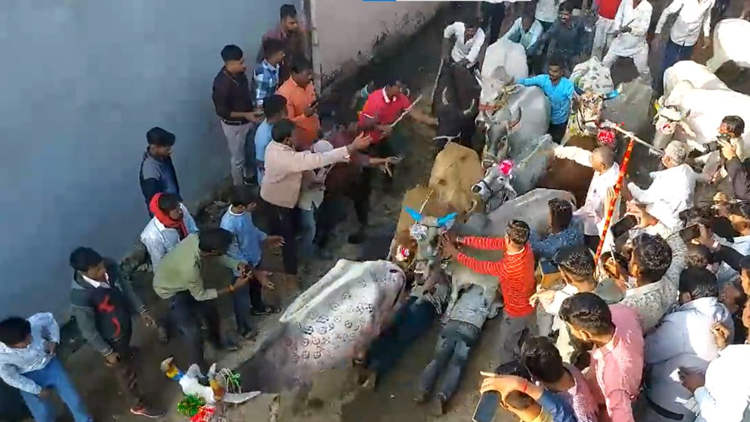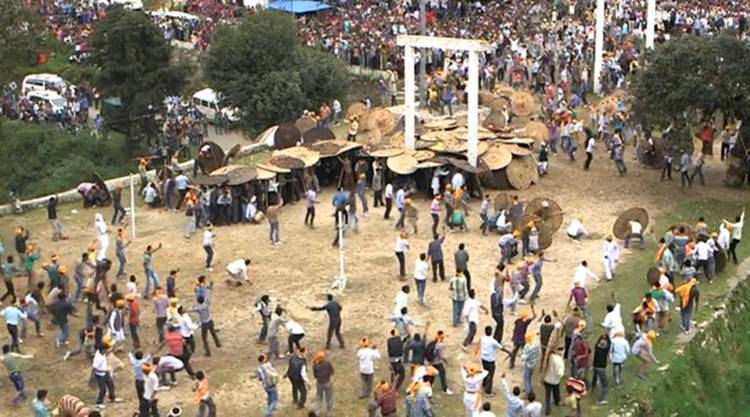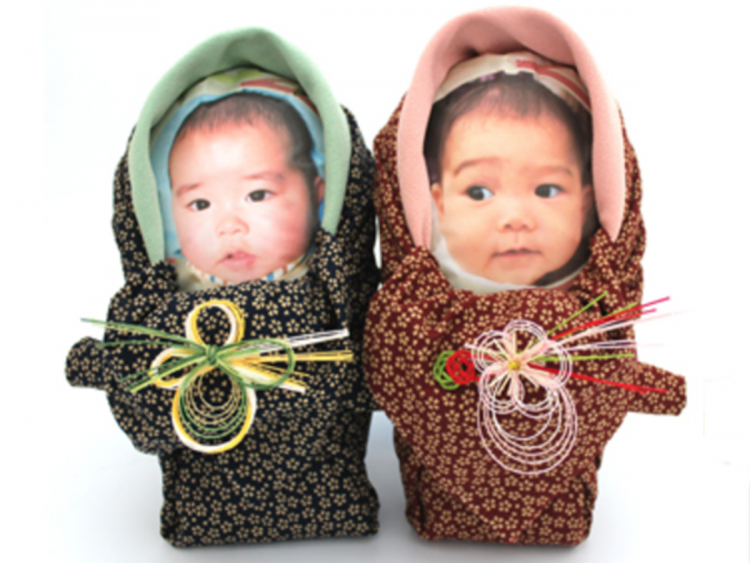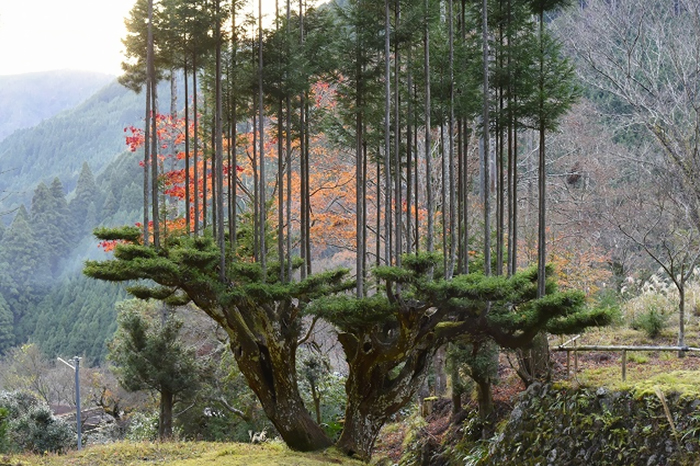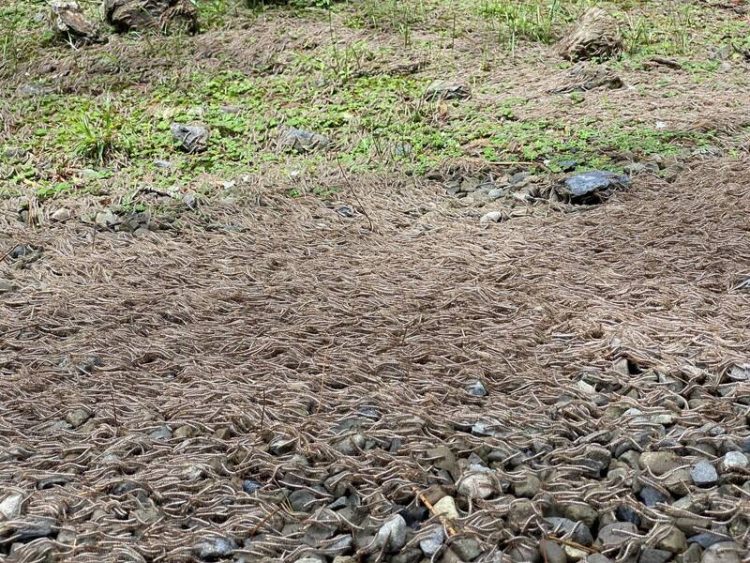As part of a post-Diwali celebration in Madhya Pradesh’s Bhidavad village, brave men lie on the ground and allow themselves to be trampled by dozens of cattle in the name of religion.
The festival of Diwali is marked with various rituals and traditions across India, but none quite as bizarre as the custom of one village in Madhya Pradesh, where men lie on the ground and allow cows to walk all over them in the hopes that it will make all their wishes come true. According to tradition, the cows are worshipped in the village in the morning, and then daredevils lie down on the ground while the cows trample them. People believe that 33 crore (330 million) gods and goddesses reside in cows, and by allowing cows to walk over them, one receives the blessings of the gods.

